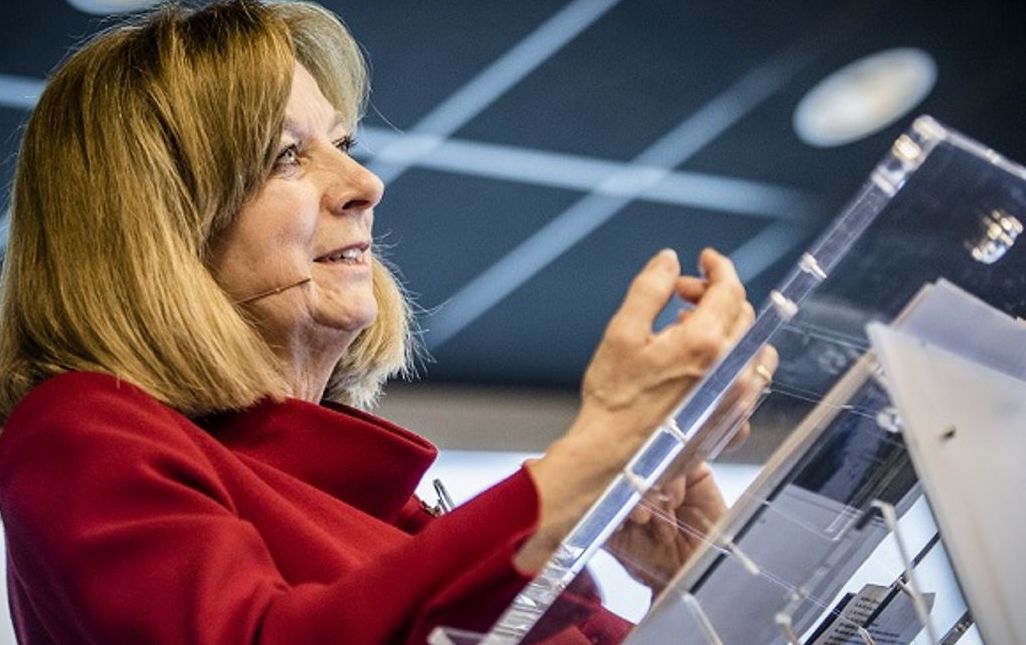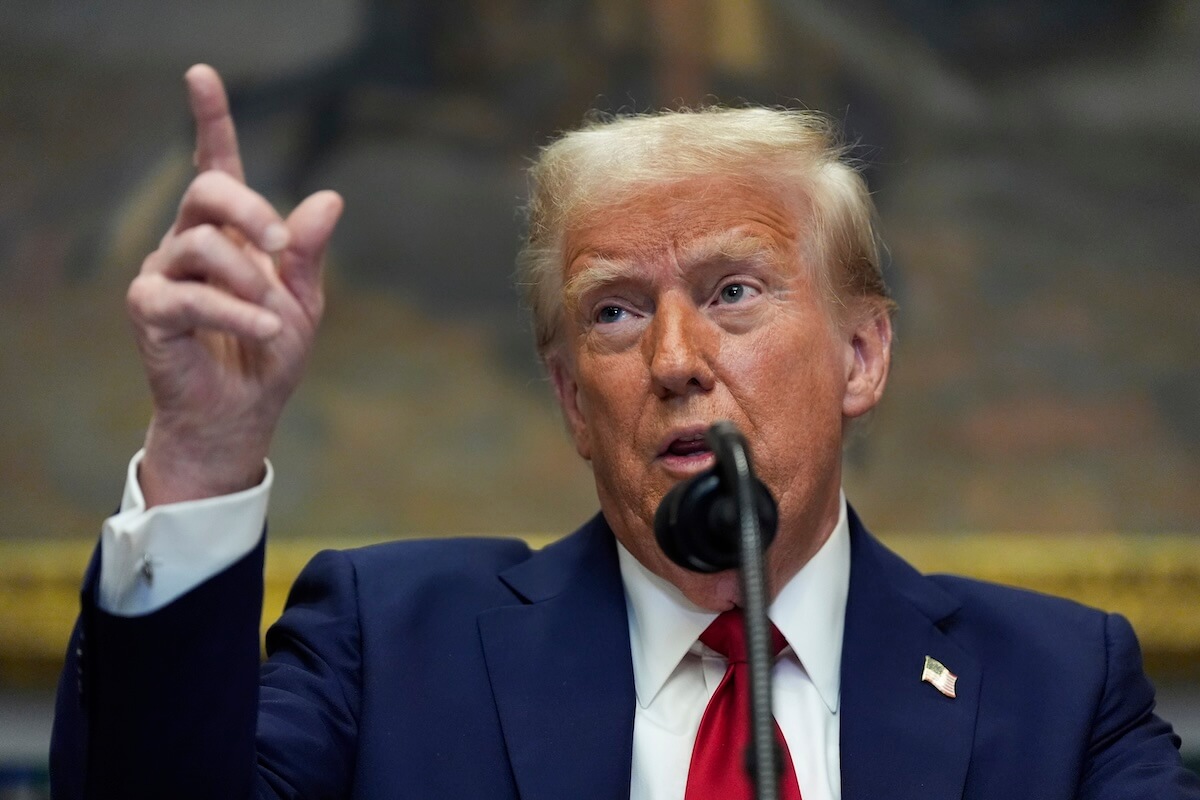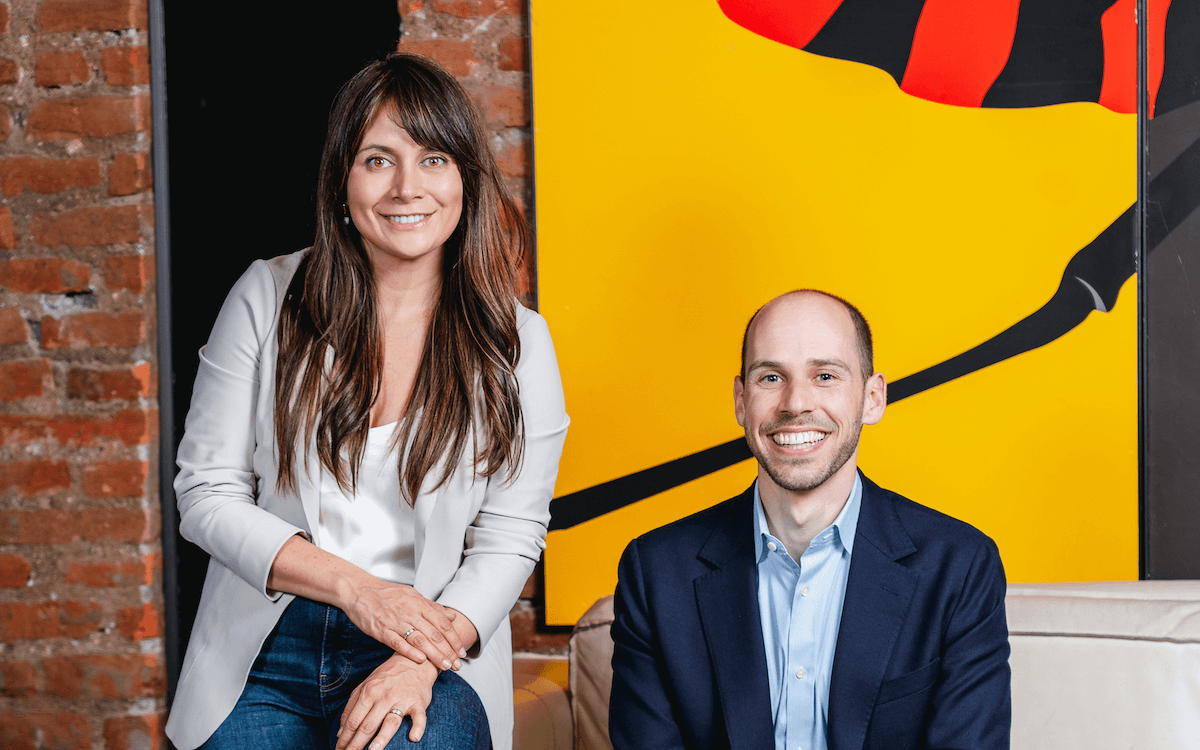ImpactAlpha’s What’s Next series, produced in partnership with the Global Impact Investing Network, provides a platform for practitioners and experts to reflect on the future of impact investing. The GIIN’s Amit Bouri kicked off the series with a call for the development of a trusted identity for impact investing. What’s next for impact investing? Send your responses to editor@impactalpha.com.
Since the introduction of the term ‘impact investing’ over 10 years ago, it has become a recognized phrase throughout the investment industry.
What started as a movement has grown into US$228 billion of impact assets according to the Annual Impact Investor Survey 2018 of the Global Impact Investing Network. The total size of impact assets is probably much higher as this number only reflects the contribution of the respondents to the survey.
The increasing popularity of impact investing has also sparked debate regarding the rise of ‘impact-washing’ – or as the publication of the GIIN earlier this week defined it, the concern that misuse and dilution of the term impact investing will render it nearly meaningless.
This concern is very valid, if you ask me, and something we need to address within the industry. Take for instance the relabeling of investments following the fast-growing popularity of investing with impact. There are many examples of existing investment products and practices simply being fit into the different categories within the Sustainable Development Goals and then suddenly being marketed as an SDG investment. Everyone can understand that relabeling and not actually changing your investments will not solve the problems our world is faced with today.
We need substantial evidence of the real positive effects of investments to safeguard the identity of impact investing. We need to see the theory of change behind the investment. That means that investors should ask themselves, “What do you want to achieve, how do you think you can achieve it, and what role does your investment play in achieving it?”
We also need evidence of this theory of change through measurement. And not just for single impact investments, but throughout entire portfolios. Because let’s face it: how impactful are you really if you invest, say, 10% of your portfolio with positive impact and the other 90% is harming our planet and communities?
The rise of impact investing has made clear that the current typical investment equation simply doesn’t include the impact on communities or the environment. It focuses on risk and return only. The impact of the investment is often not included in the investment decision, neither the positive nor the negative impact. This is a strange thing in itself as most people usually have a broader perspective on the consequences of their decisions.
An increased awareness is needed that how we invest now determines what the world will look like in the future and as such we are all responsible for shaping our future and our economy. Integrating a notion like the theory of change in the identity of impact investing will not only help to safeguard the identity, it will contribute to investors becoming increasingly aware of this responsibility and the relevance of investing for positive change.
Marilou van Golstein Brouwers is the managing director and management board chair at Triodos Investment Management, and a member of the board of directors of the Global Impact Investing Network.












